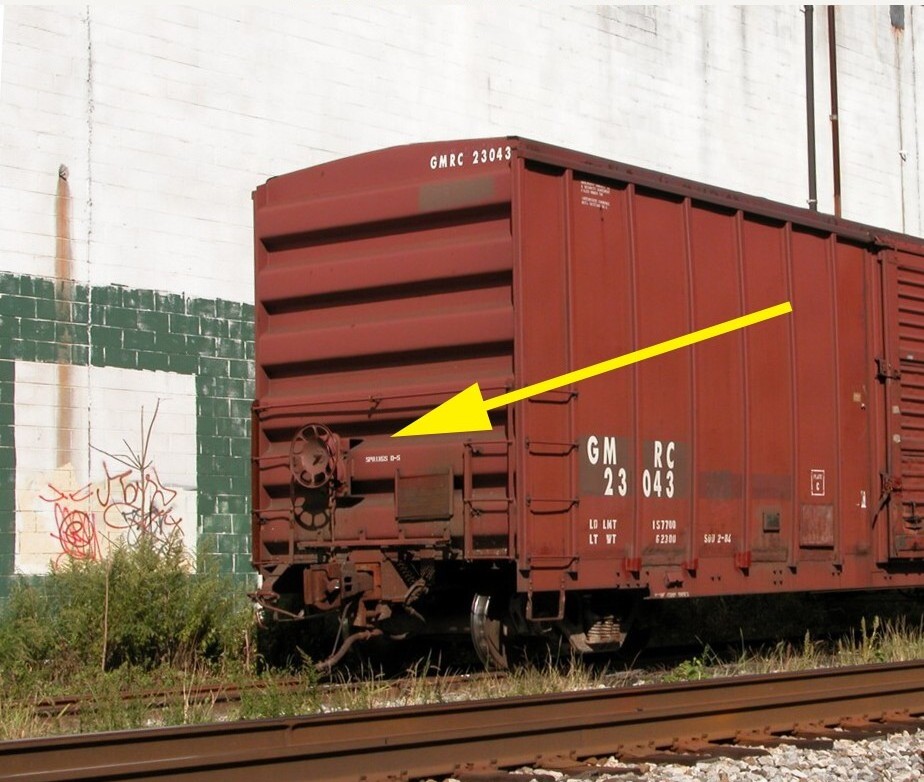
For the next installment of my Switching Operations 101 YouTube series, Tom Klimoski was generous enough to go out into the field on a hot day and shoot some video of the process of setting and releasing hand brakes.
As a re-cap on this whole “playing with your trains” theme:
-Running your layout is a solo endeavor. Nobody really cares how you do it. The FRA or the model railroad rules police won’t be showing up at your door. That being the case, be selfish in your approach. Do what is fun for you not because you read this blog and think you have to do it a certain way.
-As Tom said, look on procedures as a menu. Gain a basic understanding of rail switching operations and pick and choose which steps you want to implement and how you want to do so. Obviously, skip the ones you want to skip.
-Having this understanding not only enhances your enjoyment of the hobby but also “stretches” your layout since it takes longer to go through things.
-For me, personally, I rely primarily on the “pause and visualize” approach and rely less on props. Slow down, take a breath and pause, and visualize what would be actually happening in the field. It’s a hobby. It’s supposed to be relaxing. There isn’t any point in racing through everything as quickly as you can.
Here are a few of the switching operations basics. Let’s look at the simple act of picking up an empty from an industry.
-Loco running speeds are slow, often 10mph max but usually closer to a fast walking pace.
-Upon reaching the industry, the switch/turnout must be unlocked. The conductor must then make a quick visual inspection of the points to make sure there is no debris mucking up the works. He then aligns the switch. Tom Holly sent me this excellent video illustrating this step at the 2:35 mark. As you watch the video make note of the overall pace of things in general.
-The loco. approaches the car with the conductor calling out distances. Some roads require that the loco. stop a half car length short and then creep in. Others just allow the loco. to slowly approach. As the loco. approaches the car he is truly at a very slow creep.
-Once the couple is made, the conductor radios the engineer for three step protection.
-After the engineer acknowledges that Three Step is in place, the conductor moves between the cars.
-The conductor releases the car’s hand brake only AFTER the loco has coupled onto it.
-The conductor then radios “I’m clear” or “clear the three” and the loco. pulls away with the car.
-After clearing the turnout, the conductor aligns it for the “main” and locks it.
-Off they go.
Here’s a CSX video on hand brake procedures.
Here’s a video of them actually setting hand brakes in the field (1:17 mark).
In model switching ops, it is not unusual for the loco to push back the car it is coupling to, sometimes up to an inch or so. Since this car would normally have the handbrake set, does this not mean that the wheels with brakes applied are (theoretically) sliding along the rail, not rotating. Too short to cause a flat spot but maybe a rail screech as it slides. Never heard of anyone modeling that noisy scenario. For me, with the Proto notch 1 set at a very low coupling speed on a switcher, I can and do couple so that the Kadee knuckles just close and the car doesn’t move at all. At least that’s my goal – don’t always make it. Safety stops help.
Any tips on decoder CV settings Roger to get this slow approach on coupling Roger?